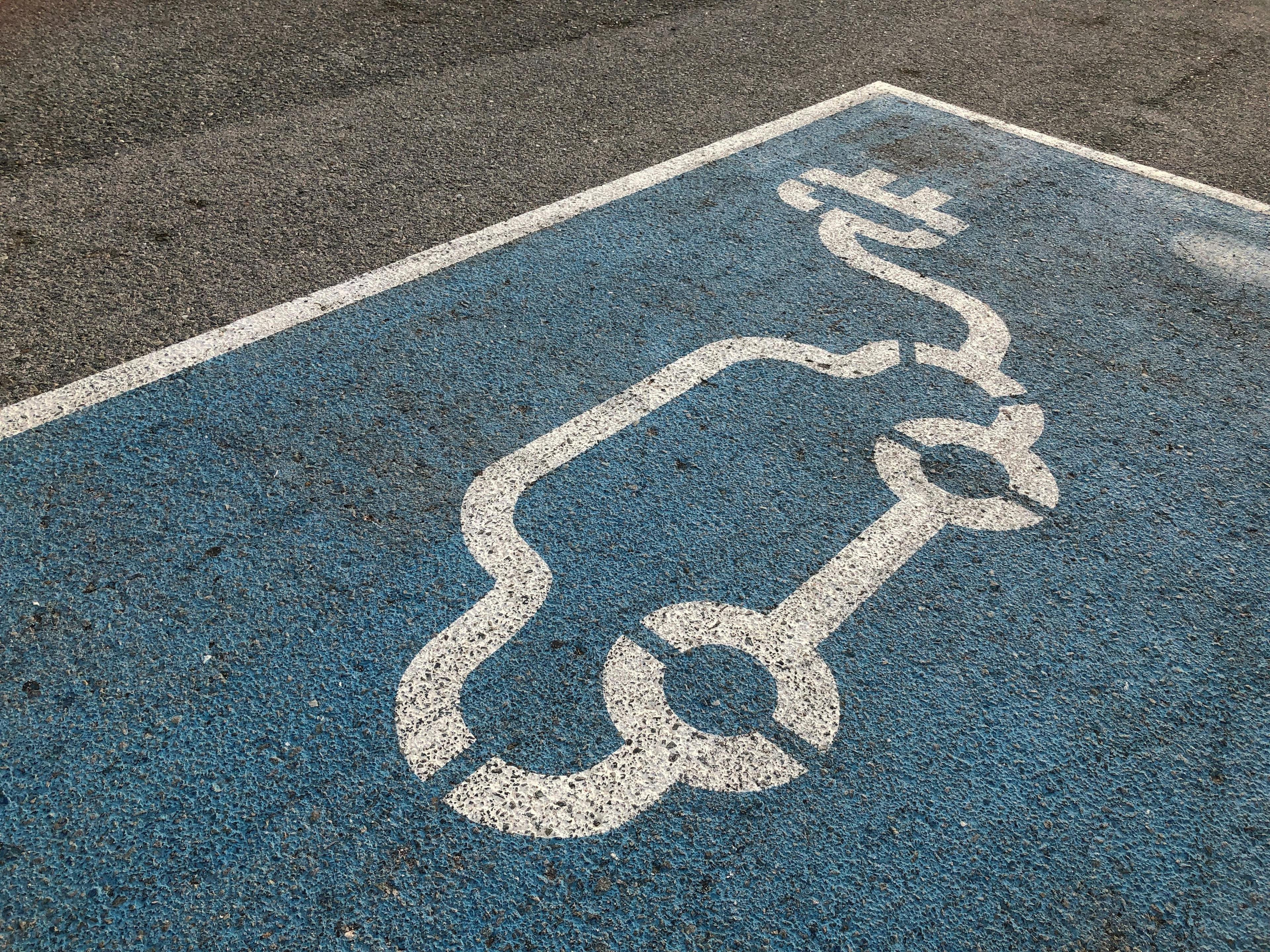Methodology note: Bank emissions calculations
For over five years, Carbone 4 has been developing a methodology which assesses the transition risk: The Carbon Impact Analytics (CIA) methodology.
This methodology calculates greenhouse gas (GHG) emissions induced by an activity. However, the emissions associated with the banking sector were so far not calculated by this method : the CIA method concentrated on high-stakes sectors – sectors whose activities have a high impact on emissions – and the banking sector was considered as a low-stakes sector, which implied only scopes 1&2 emissions were assessed.
But for the last four years, the finance sector has been getting a lot of attention due to the major role it plays in global warming and the energy transition. Whether it was at the COP21 or through the TCFD (Task Force on Climate-related Financial Disclosures), players in the finance world are becoming much more aware of their exposure to these risks. Thus, it has become a necessity to develop a methodology that calculates emissions associated with banking activities. Even if the banks’ main emission sources were known before this acknowledgment by the financial sector, the lack of data in this field did not allow us to quantify the banks’ emissions with a high degree of accuracy.
As a first step, the method developed below is only being applied to private banks. It will be necessary to carry out further testing to see whether it is possible to use the methodology for the entire financial sector, insurers or international financial institutions for example.
Télécharger la version française









